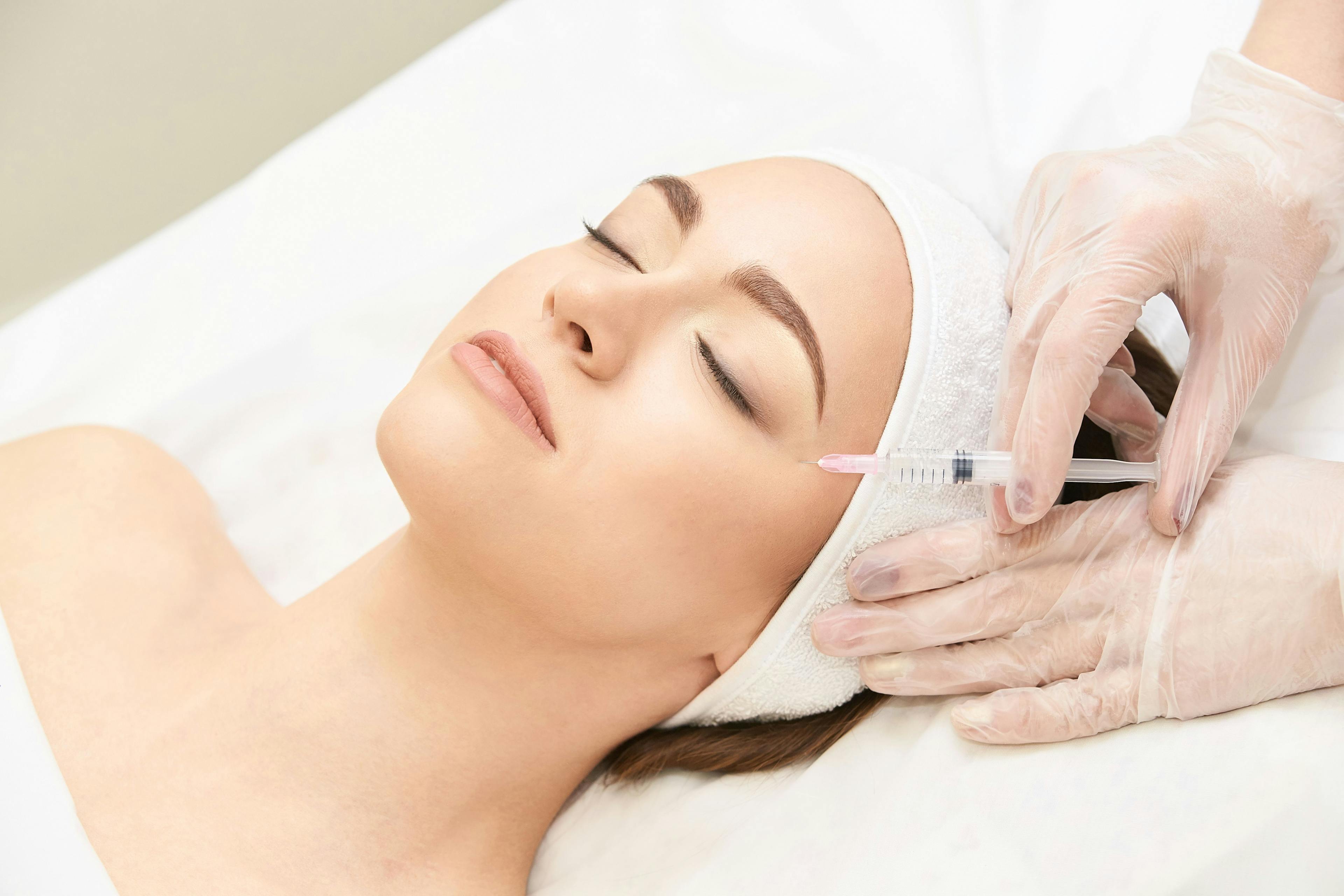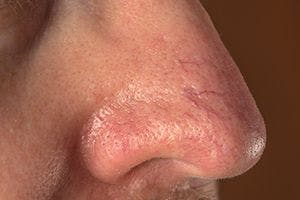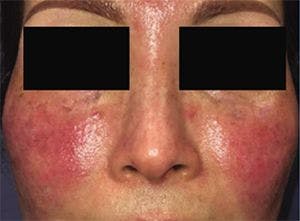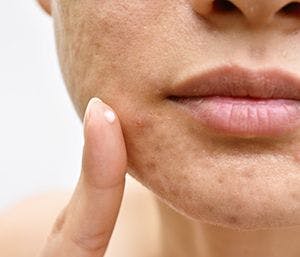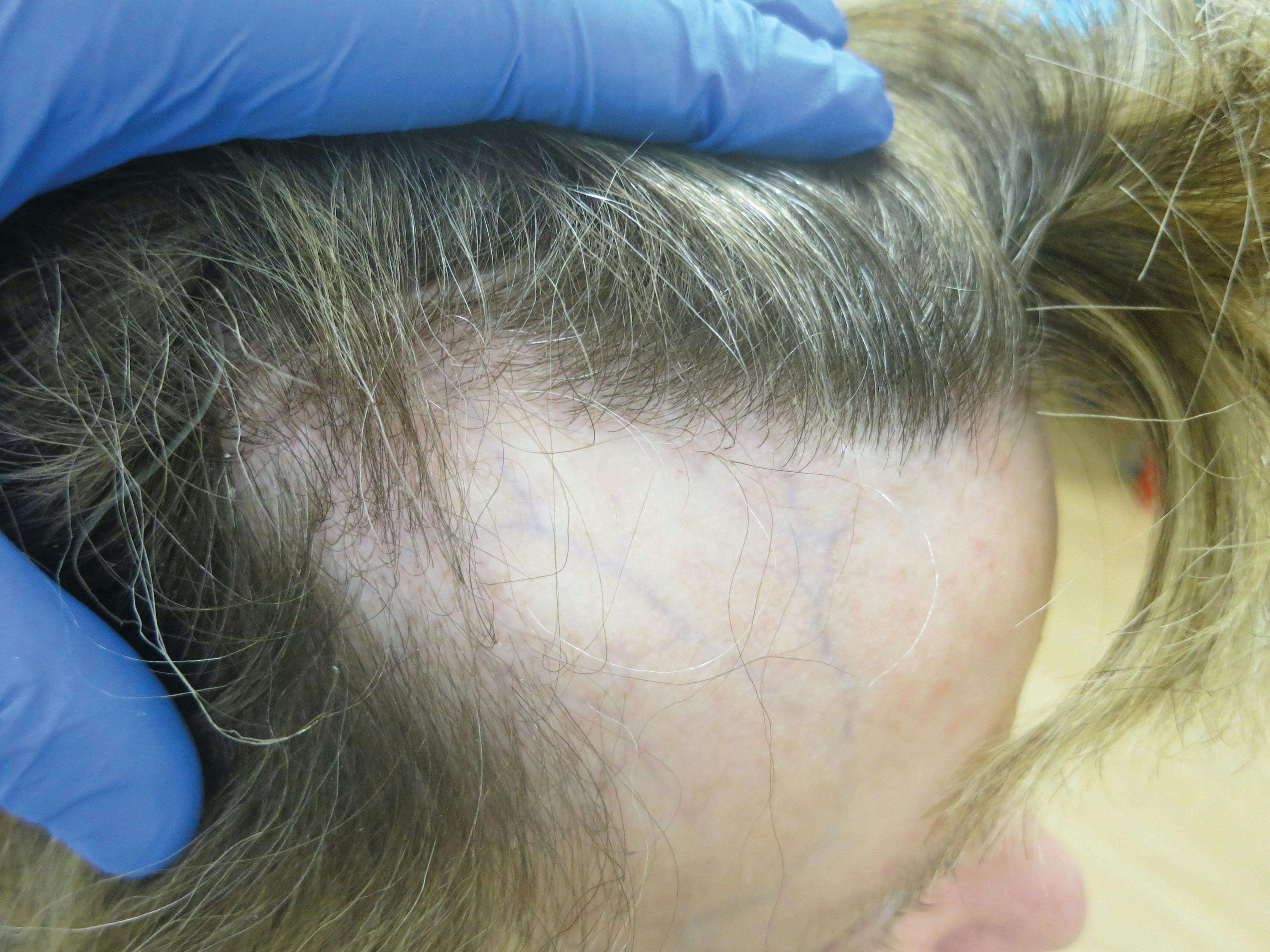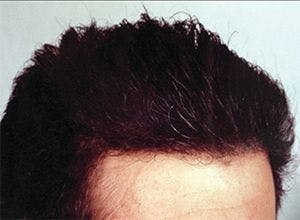- Acne
- Actinic Keratosis
- Aesthetics
- Alopecia
- Atopic Dermatitis
- Buy-and-Bill
- COVID-19
- Case-Based Roundtable
- Chronic Hand Eczema
- Drug Watch
- Eczema
- General Dermatology
- Hidradenitis Suppurativa
- Melasma
- NP and PA
- Pediatric Dermatology
- Pigmentary Disorders
- Practice Management
- Precision Medicine and Biologics
- Prurigo Nodularis
- Psoriasis
- Psoriatic Arthritis
- Rare Disease
- Rosacea
- Skin Cancer
- Vitiligo
- Wound Care
Publication
Article
Dermatology Times
Physical sunscreens sidestep concerns
Author(s):
If patients are concerned that sunscreen use may harm their health or the environment, physical sunscreens such as zinc oxide may provide the most reassurance, one expert says.
If patients are concerned that sunscreen use may harm their health or the environment, physical sunscreens such as zinc oxide may provide the most reassurance, says Michael Ming, M.D., associate professor of dermatology at the Hospital of the University of Pennsylvania.
“The general recommendation by dermatologists is that sunscreens should be an important part of the arsenal that we use against skin cancer,” he says.
However, public concern has arisen over the possibility that sunscreen ingredients may harm coral reefs. Laboratory data suggest that certain chemical sunscreens may reduce the viability of algae that are important for the health of the coral reef.
“Having certain types of sunscreen ingredients washed off thousands of tourists near these coral reefs may make it harder for the reefs to stay healthy,” Dr. Ming says. Although it’s unclear how large a role chemical sunscreens play, some tourist destinations have begun banning ingredients such as oxybenzone, while some water parks have policies favoring biodegradable physical sunscreens.
RELATED: Sunscreen controversies confuse consumers
Whether chemical sunscreens can harm people is somewhat complicated, he says, because many ingredients in chemical (and physical) sunscreens are found in other consumer products. For example, studies have shown that 97% of Americans have oxybenzone in their urine. Studies need to look at whether ingredients get absorbed into the body, and, if they do, what are the potential health effects, he says.
Studies in rats have shown that certain chemical sunscreens (such as oxybenzone) may act as estrogen agonists or have anti-androgenic effects. However, similar human studies are lacking, and research animals typically get very high oral doses, not topical application, he says.
FDA guidelines say that if the plasma concentration of a consumer chemical falls under 0.5 ng/mL, further study is likely unwarranted. In two recent clinical trials,1,2 FDA researchers found that when subjects used chemical sunscreens per label instructions, plasma concentrations of all agents studied (avobenzone, oxybenzone, octocrylene, homosalate, octisalate and octinoxate) were above this level after one application and rose with reapplication. The data do not necessarily indicate that these agents are causing harm, he adds. They do mean the FDA threshold has been reached, and further studies are needed, Dr. Ming says.
Among FDA-approved physical sunscreens, he says, inhaled titanium dioxide is considered carcinogenic by the European Commission. However, zinc oxide probably poses no health hazard because its particles are larger than those of titanium dioxide. No data show significant systemic absorption of either agent by topical application, Dr. Ming says. If there’s a question about which to use, zinc oxide might be the better choice, he adds. Similarly, he says, although no data prove health dangers from chemical or physical sunscreens, concerned patients can use zinc oxide lotion with confidence in its safety.
Disclosure:
Dr. Ming reports no relevant financial interests.
References:
1 Matta MK, Zusterzeel R, Pilli NR, et al. Effect of Sunscreen Application Under Maximal Use Conditions on Plasma Concentration of Sunscreen Active Ingredients: A Randomized Clinical Trial. JAMA. 2019;321(21):2082-2091.
2 Matta MK, Florian J, Zusterzeel R, et al. Effect of Sunscreen Application on Plasma Concentration of Sunscreen Active Ingredients: A Randomized Clinical Trial. JAMA. 2020;323(3):256-267.

Newsletter
Like what you’re reading? Subscribe to Dermatology Times for weekly updates on therapies, innovations, and real-world practice tips.

